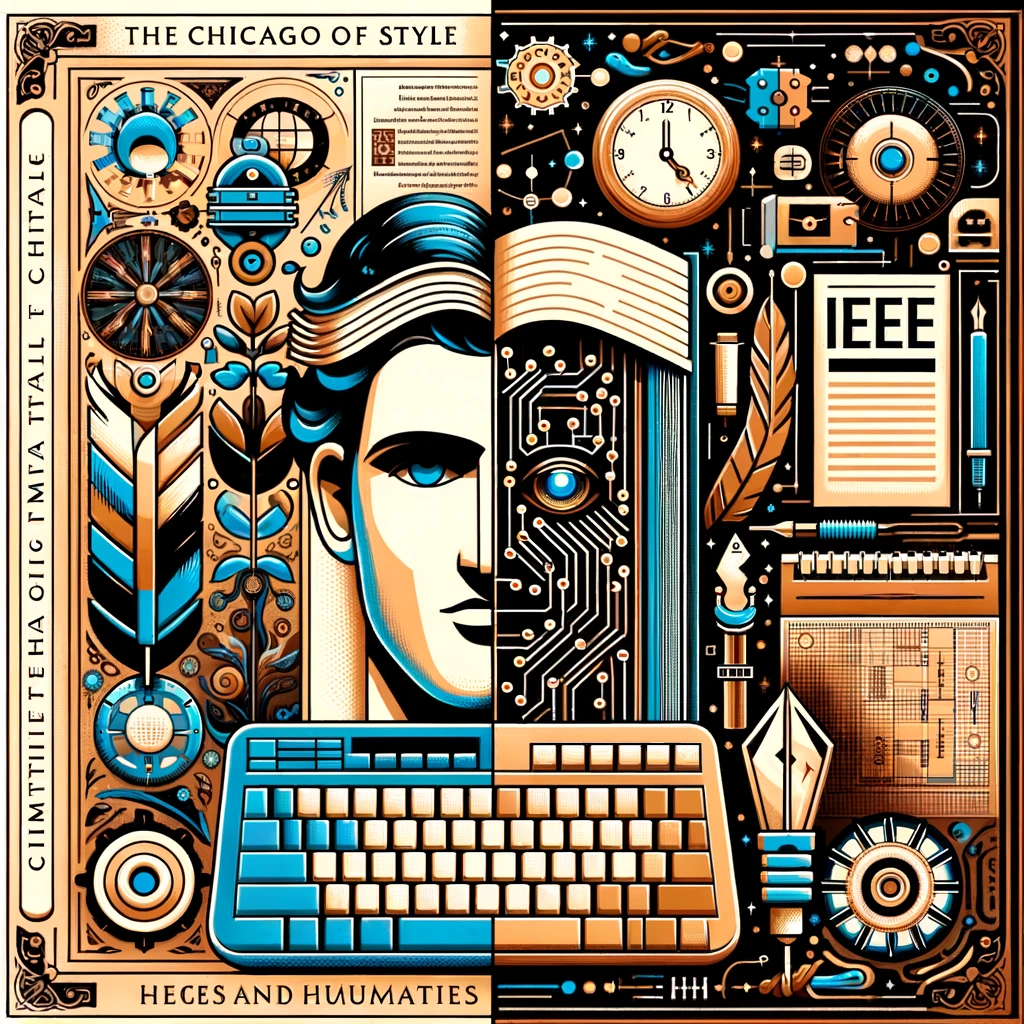In the world of technical documentation, especially within the fields of engineering, computing, and technology, the IEEE (Institute of Electrical and Electronics Engineers) style represents a cornerstone of clarity, precision, and professionalism. This style guide, designed specifically for technical disciplines, not only facilitates the uniform presentation of technical information but also enhances the readability and accessibility of complex documents. This article explores the significance of applying the IEEE style in technical writing, underscoring its role in promoting effective communication in the technological realm.
What is the IEEE Style?
The IEEE style is a comprehensive guide for authors and editors involved in technical writing, particularly in the fields of electrical engineering and computer science. It provides detailed instructions on formatting, citing references, and preparing manuscripts for publication, aiming to standardize the presentation of technical content. The hallmark of the IEEE style is its numeric citation system, which references sources using numbers within square brackets, corresponding to a numbered list at the end of the document.
Enhancing Clarity and Precision
Technical documents often contain complex ideas and intricate data that can be challenging to convey. The IEEE style’s emphasis on a clear, concise presentation helps distill these complexities into understandable content. By adopting a standardized format for citations and references, the IEEE style ensures that readers can easily follow the narrative thread, contributing significantly to the document’s overall clarity and precision.
Facilitating Global Communication
Given its widespread acceptance and use across the technical community, the IEEE style serves as a common language that bridges cultural and geographical divides. This universal approach to technical writing enables researchers, engineers, and professionals worldwide to share knowledge and findings, fostering global collaboration and innovation.
Supporting Academic Integrity
The rigorous citation and referencing requirements of the IEEE style play a crucial role in upholding academic integrity. By providing a structured method for acknowledging the work of others, the IEEE style guide helps authors avoid plagiarism, ensuring that all contributions are appropriately credited. This not only respects the intellectual property of researchers but also reinforces the credibility of the document itself.
Streamlining the Publication Process
For technical documents intended for publication, adherence to the IEEE style can significantly streamline the editorial process. Since many technical journals and conferences adhere to this style, using it from the outset aligns the manuscript with publication standards, potentially reducing the time and effort required for revisions. This alignment is particularly beneficial in fast-moving fields where the timely dissemination of information is critical.
The application of the IEEE style in technical writing is more than a matter of adherence to a set of formatting rules; it is a commitment to clarity, precision, and professionalism. By standardizing the presentation of technical information, the IEEE style not only enhances the readability and accessibility of documents but also supports the ethical dissemination of knowledge. For engineers, researchers, and professionals tasked with documenting the forefront of technological advancement, understanding and applying the IEEE style is indispensable.





